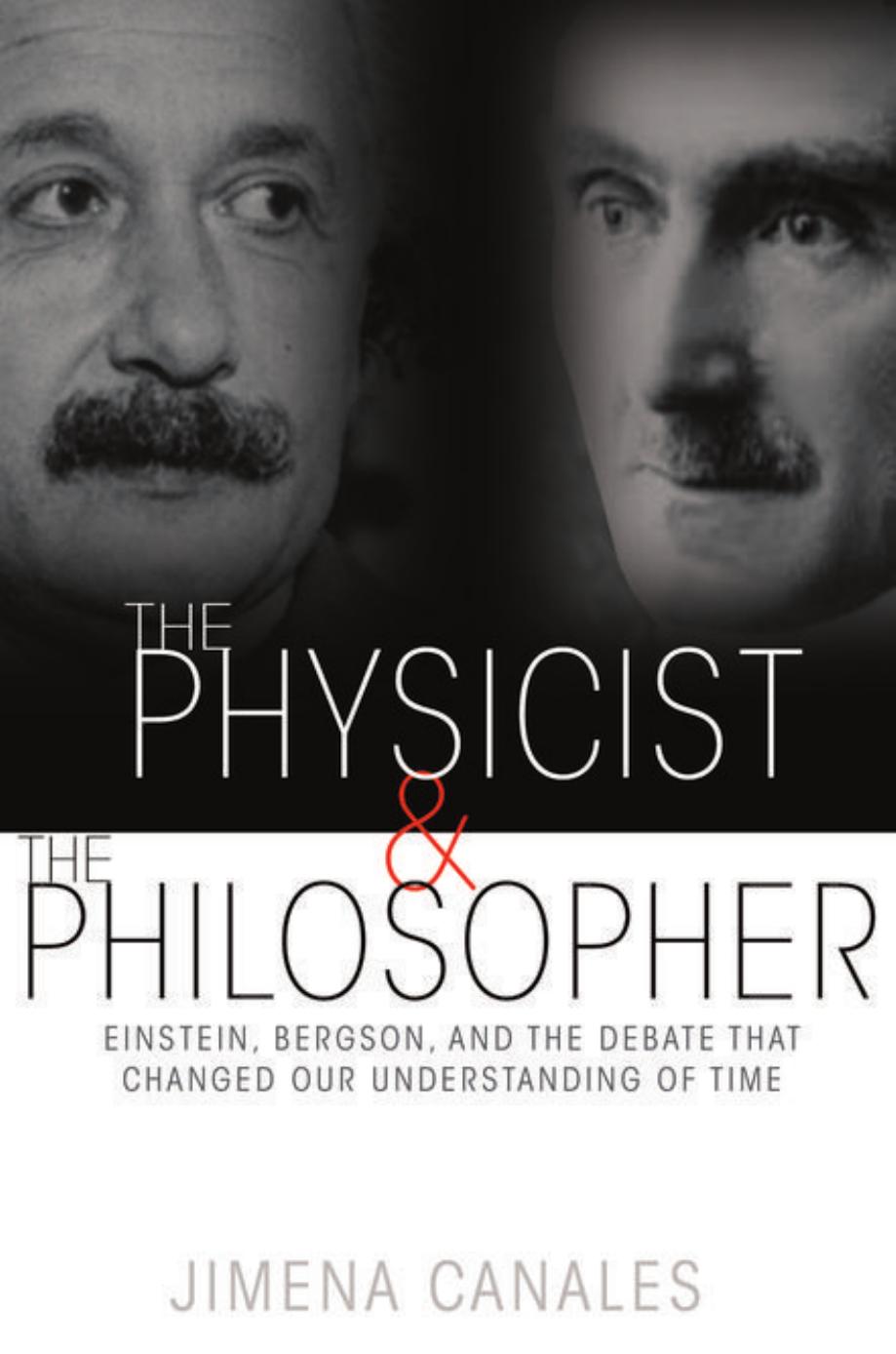The Physicist and the Philosopher by Canales Jimena

Author:Canales, Jimena
Language: eng
Format: epub, pdf
Publisher: Princeton University Press
Published: 2015-06-14T16:00:00+00:00
CHAPTER 22
Telegraph, Telephone, and Radio
How did advances in electromagnetic communication technologies inform Bergson’s understanding of Einstein’s work? Despite fully accepting “the invariance of the electromagnetic equations,” which were frequently seen as the pillars of relativity theory, Bergson did not agree with Einstein’s conclusions.1 He simply did not believe that these equations, even though tied to recent discoveries and contemporary technologies, should lead scientists to adopt Einstein’s interpretation.
The philosopher carefully considered the connection between a stationary observer and a traveling one in terms of electromagnetic communications. He imagined what a dialogue between “Peter” and “Paul” would be, as they sped away from each other. Bergson wrote it down, as if it were a script. Peter, in Bergson’s account of the story, says to Paul: “The moment you separated from me … your time swelled, your clocks disagreed.” According to Bergson, it was “obvious,” what “Paul would reply”: that everything was normal for him (Paul) and that it was Peter’s system that had gone awry.2
The conversation between the two observers, as narrated by Bergson, led nowhere. It consisted in back-and-forth repetition between the travelers. It was characterized by misunderstanding and mistrust. For this reason, it was senseless to defend Einstein’s theory by reference to it. Yes, he understood the connection between two clocks in terms of the exchange of electromagnetic signals. “How do we synchronize two clocks located at different places?” Two operators in charge of setting the clocks “communicate” with each other about the time by means of “optical signals, or more generally, electromagnetic ones,” he explained. “A person in O sends a person in A a ray of light destined to be returned back,” he continued. This procedure was equivalent to that of the Michelson-Morley experiment “with the difference, however, that mirrors have been replaced by people.”3 But neither of these two cases (one based on two twins communicating with each other at a distance and the other one on the Michelson-Morley’s experiment), according to the philosopher, led to Einstein’s conclusions.
To fully investigate the topics of his interest—of how science migrated from the concrete to the abstract, and of how “a mathematical representation was transformed into transcendental reality”—Bergson stressed aspects of the twin paradox that could not be explained simply by recourse to new electromagnetic technologies.4 He did not believe that the common technical account of the twins’ reciprocal time dilation effects solved the questions at stake.
Could the debate between Einstein and Bergson be solved by reference to new technologies for long-distance communication? When discussing the validity of Einstein’s work and the reasons why time could be defined by the behavior of light waves, commentators referenced a bevy of new light-based technologies populating the world around them. They evaluated Bergson’s arguments against Einstein in terms of telegraphy, telephone, and radio. Some argued that these technologies showed the need to accept Einstein’s theory. They even imagined new improvements, such as television, to prove Bergson wrong. But others thought of these questions in terms of the possibility of a meaningful connection between two observers at a distance from each other.
Download
The Physicist and the Philosopher by Canales Jimena.pdf
This site does not store any files on its server. We only index and link to content provided by other sites. Please contact the content providers to delete copyright contents if any and email us, we'll remove relevant links or contents immediately.
The Complete Stick Figure Physics Tutorials by Allen Sarah(7291)
Secrets of Antigravity Propulsion: Tesla, UFOs, and Classified Aerospace Technology by Ph.D. Paul A. Laviolette(5299)
Thing Explainer by Randall Munroe(3864)
The River of Consciousness by Oliver Sacks(3518)
The Order of Time by Carlo Rovelli(3131)
How To by Randall Munroe(3015)
A Brief History of Time by Stephen Hawking(2946)
I Live in the Future & Here's How It Works by Nick Bilton(2922)
The Great Unknown by Marcus du Sautoy(2632)
What If?: Serious Scientific Answers to Absurd Hypothetical Questions by Randall Munroe(2626)
Midnight in Chernobyl by Adam Higginbotham(2473)
Blockchain: Ultimate Step By Step Guide To Understanding Blockchain Technology, Bitcoin Creation, and the future of Money (Novice to Expert) by Keizer Söze(2430)
Networks: An Introduction by Newman Mark(2341)
The Meaning of it All by Richard Feynman(2288)
Easy Electronics by Charles Platt(2271)
The Tao of Physics by Fritjof Capra(2221)
Midnight in Chernobyl: The Untold Story of the World's Greatest Nuclear Disaster by Adam Higginbotham(2166)
When by Daniel H Pink(2074)
Introducing Relativity by Bruce Bassett(2064)
